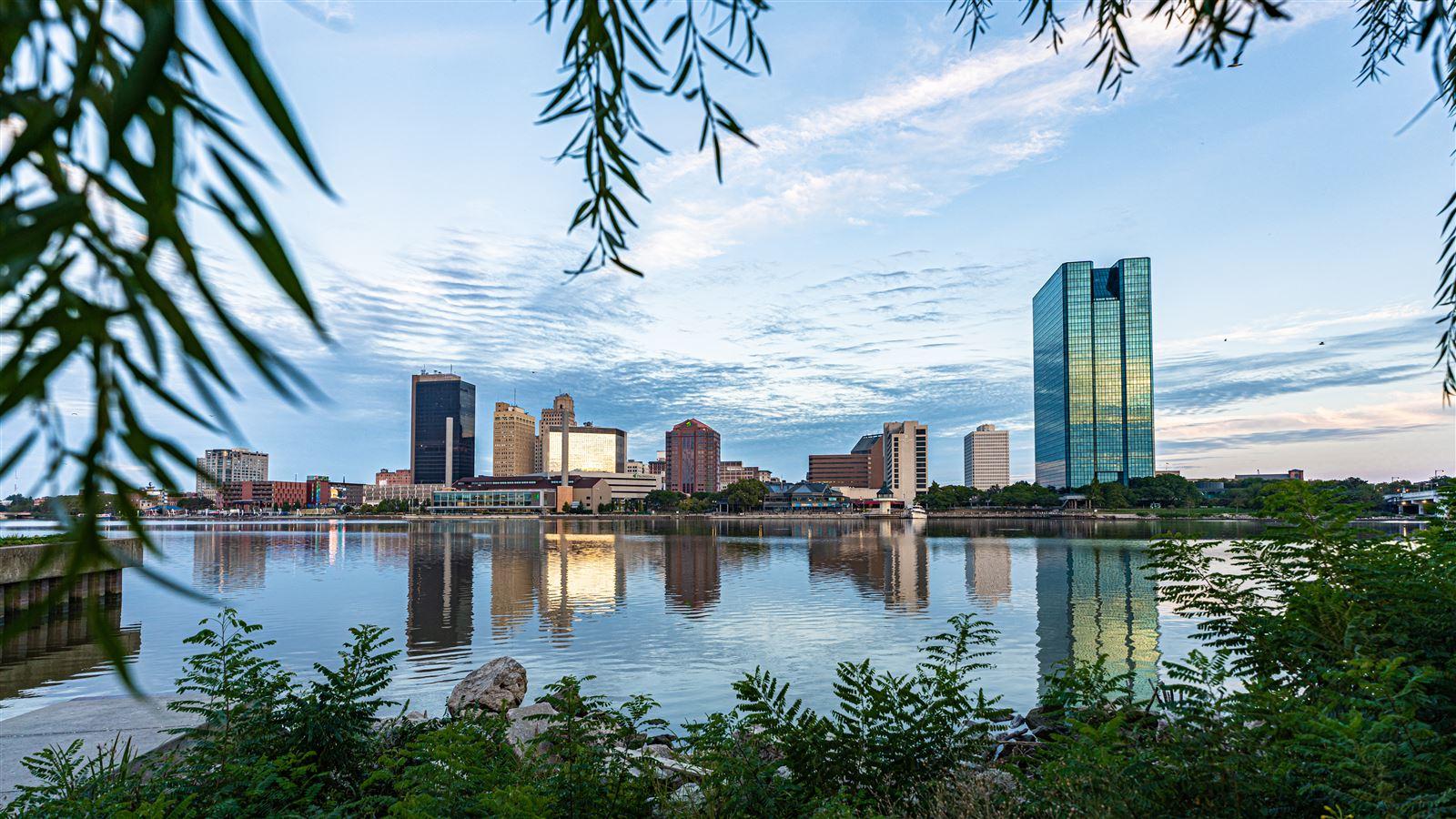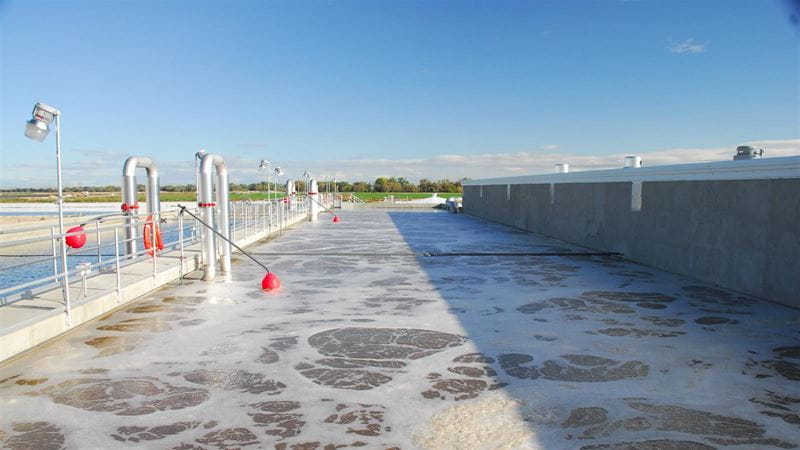Key Drivers of Reuse in “Water Rich” Regions
Water reuse is becoming a more popular solution to meet increased demand for water in areas that are traditionally “water rich” with abundant rainfall, large bodies of water, and groundwater reserves like the Northeast and Midwest. There are pockets within these areas that face water scarcity challenges due to factors like geography, aquifer depletion, aging infrastructure and water quality.
Water reuse can help address a variety of water management challenges and long-term planning solutions, such as: drought mitigation, population growth, economic development, agricultural needs, aging infrastructure, pollution reduction, and climate resilience. Water reuse can also help communities and facilities achieve sustainability goals while improving resiliency with diversified water portfolios.
As we continue to face a full spectrum of environmental challenges, including extreme weather events, and more stringent discharge standards, understanding the drivers behind water reuse can help communities and industries make informed decisions that improve local sustainability.
Below are three common drivers of water reuse in these regions:
1. Effluent disposal challenges
What to do with an excess of water before and after treatment is a significant concern in many communities. Sewer overflows can contaminate water supplies and impact public health. In New York City, San Francisco and other populous cities, efforts are being made to minimize inflow going to sewers by implementing recycled water systems in buildings. Utilizing treated effluent and reclaimed water for beneficial purposes reduces the direct discharge into surface waters, enhancing water quality while alleviating the strain on the potable water supply.
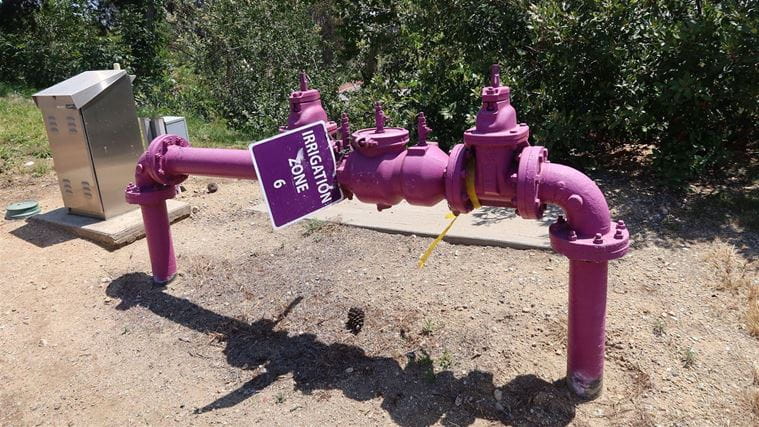
2. Economic development
Data centers and other industrial activities require a significant amount of water for cooling and operation. Often, non-potable, treated recycled water can meet the specific needs of industry and help ease the strain on local drinking water supplies.
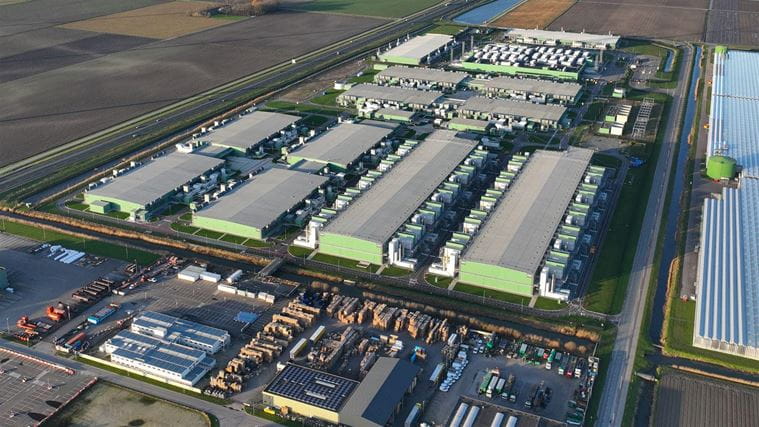
3. Environmental and sustainability efforts
Environmental sustainability is a major factor driving water reuse. Projects like the SWIFT initiative in Hampton Roads Sanitation District focus on aquifer recharge to combat saltwater intrusion and land subsidence. Additionally, protecting potable water supplies for residential users is a priority in places with significant industrial water demands.
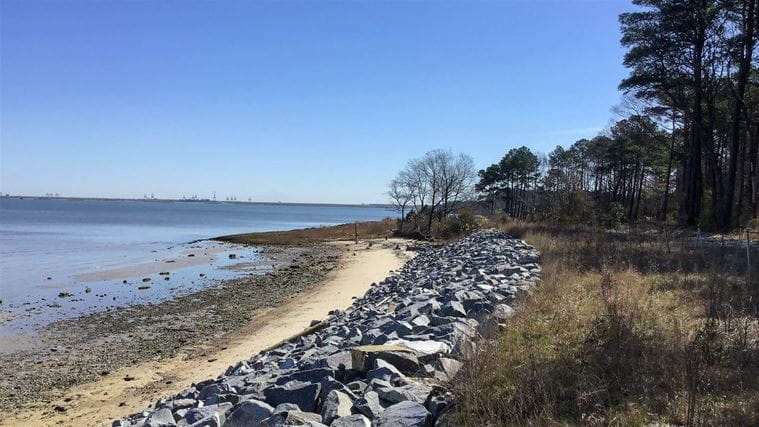
Water reuse is a multifaceted solution that addresses effluent disposal, supports economic development, and promotes environmental sustainability. By understanding these drivers, communities and industries can better appreciate the value of water reuse and take proactive steps towards a sustainable future.

I’m grateful to wake up each day knowing our teams create solutions that enhance water availability, public health, and environmental sustainability.

